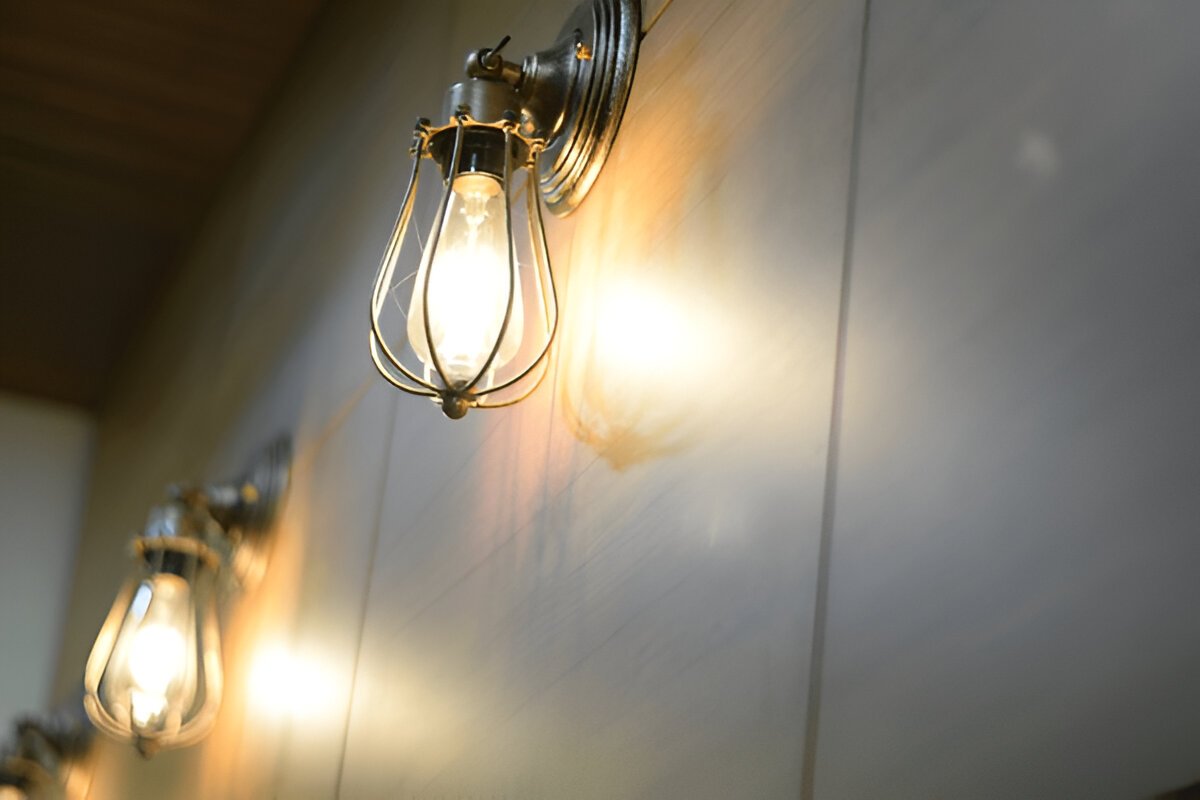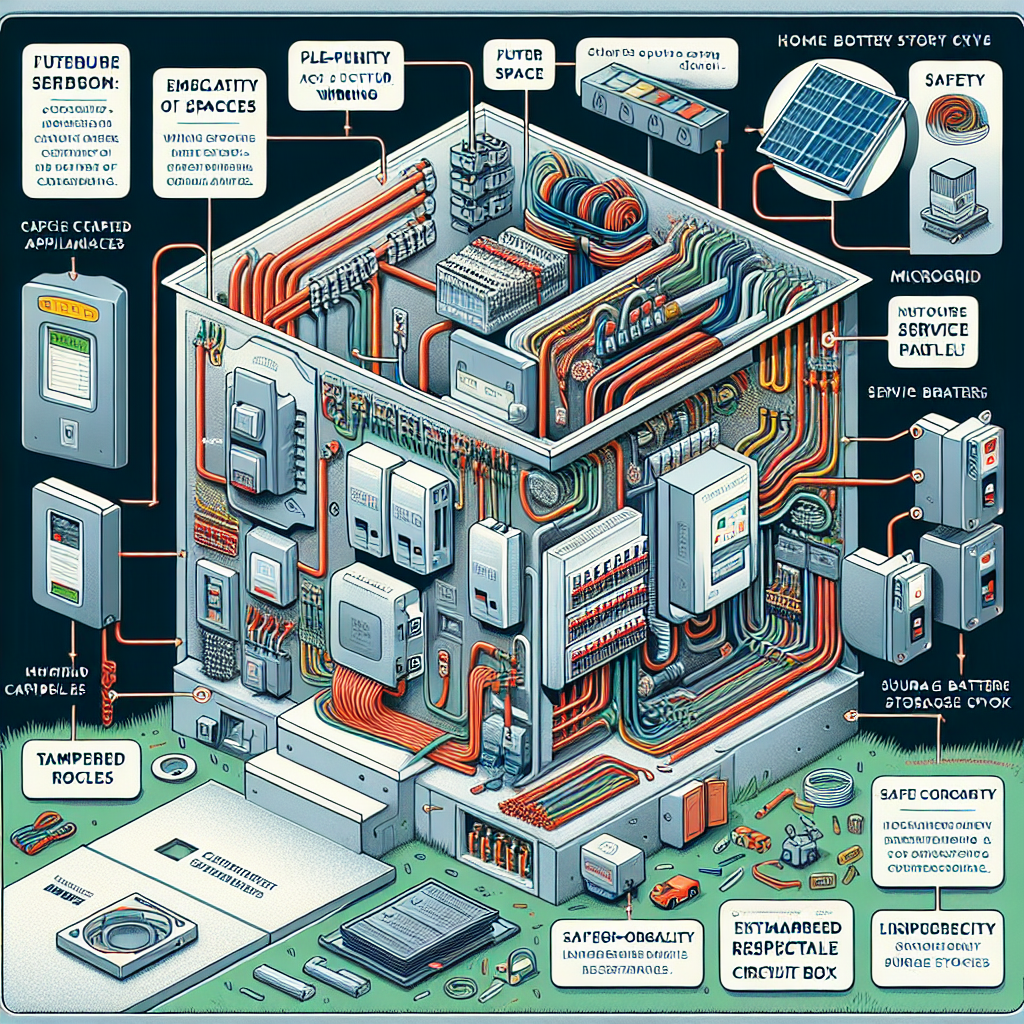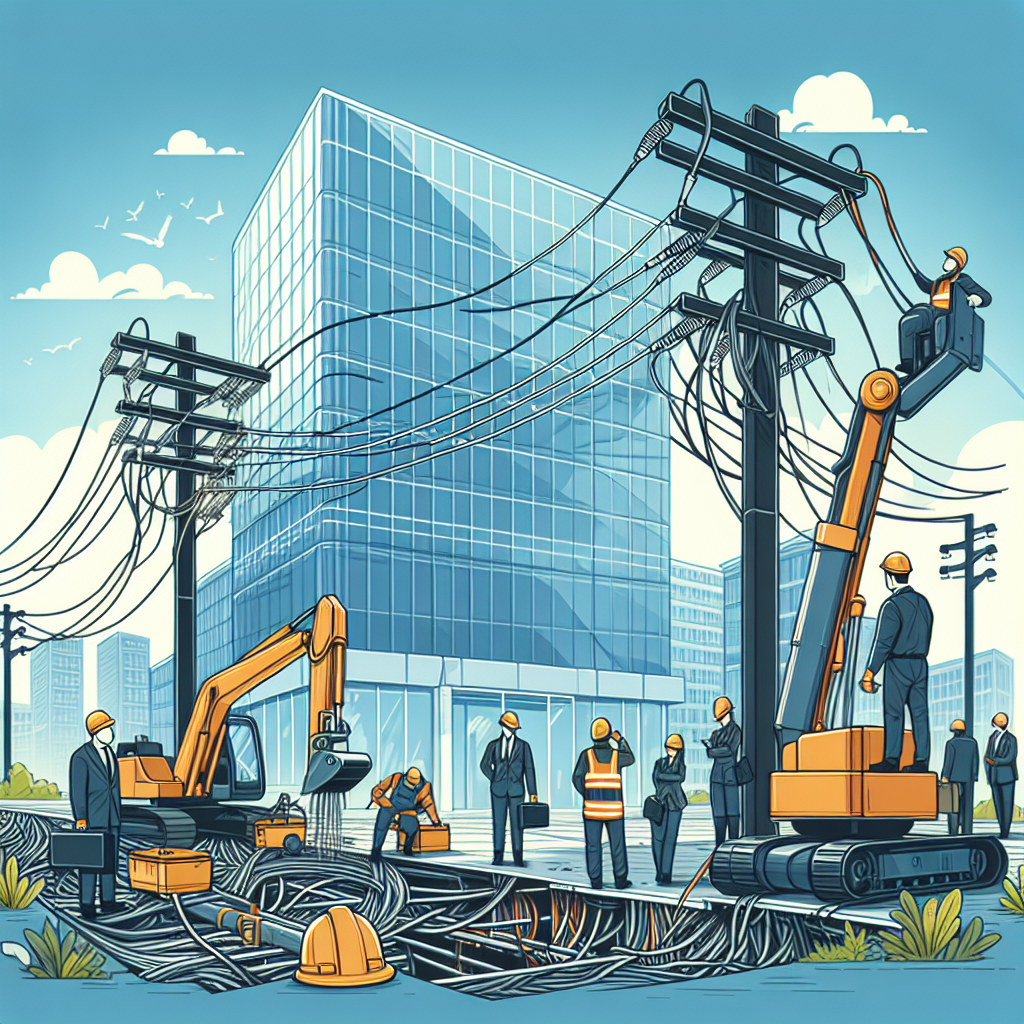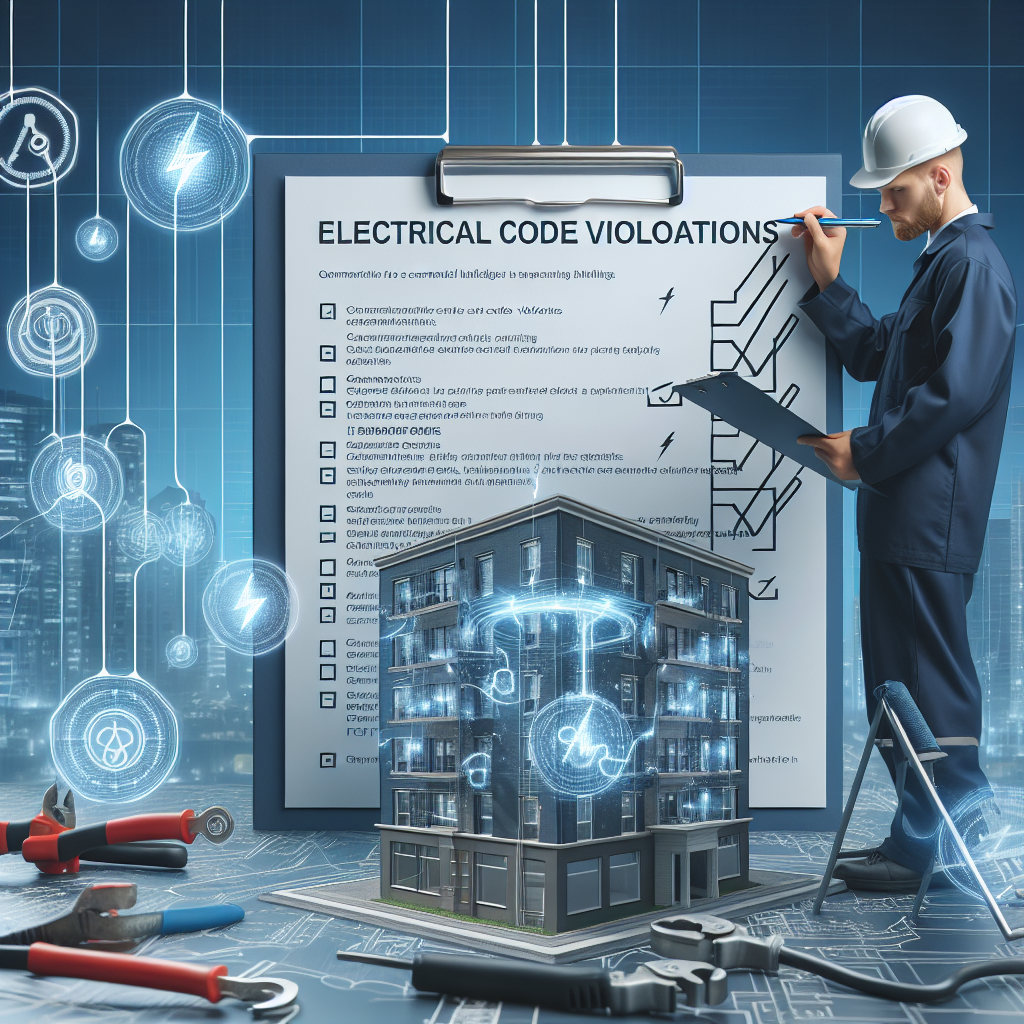Flickering lights can be more than just an annoyance; they might indicate a serious electrical issue. While some causes are harmless, others can signal dangerous conditions that require immediate attention. If you’re wondering, “Why are my lights flickering? Common causes” can range from minor bulb issues to major wiring problems. In this guide, we’ll explore the reasons behind flickering lights and what you can do to fix them.
Common Causes of Flickering Lights
1. Loose or Faulty Bulbs
One of the simplest reasons your lights might be flickering is a loose or faulty bulb. Before worrying about major electrical issues, try tightening the bulb or replacing it. Different types of bulbs can also behave differently:
- Incandescent Bulbs: These may flicker if they are loosely screwed in or nearing the end of their lifespan.
- LED and CFL Bulbs: These can flicker if they are incompatible with dimmer switches or if there’s an issue with the electrical connection.
2. Voltage Fluctuations
Voltage fluctuations can cause your lights to flicker, especially when large appliances like air conditioners, refrigerators, or washers start up. If you notice flickering every time an appliance turns on, you may have a voltage regulation issue. An electrician can test for voltage irregularities and recommend solutions.
3. Overloaded Circuits
If you have too many devices running on the same circuit, it can overload and cause flickering lights. Signs of an overloaded circuit include:
- Frequent flickering or dimming when using multiple appliances.
- Circuit breakers that frequently trip.
4. Faulty Light Switches or Dimmers
If you notice flickering when using a light switch or dimmer, the issue could be with the switch itself. Older or faulty dimmers may not work well with modern LED bulbs, leading to inconsistent lighting.
5. Loose Electrical Wiring
Loose wiring is one of the most serious causes of flickering lights, as it can pose a significant fire hazard. Signs that loose wiring may be the culprit include:
- Flickering that gets worse over time.
- Lights that flicker in multiple rooms.
- Burning smells or warm electrical outlets. If you suspect loose wiring, contact a professional electrician immediately.
6. Issues with the Main Electrical Panel
Your home’s main electrical panel distributes power to all circuits. If it has loose connections or failing components, you may experience flickering lights throughout your home. Warning signs of a failing electrical panel include:
- Frequent power surges.
- Buzzing sounds from the panel.
- Circuit breakers that trip often.
7. External Electrical Grid Problems
Sometimes, the issue isn’t inside your home but rather with the electrical grid. If your entire neighborhood experiences flickering lights, it could be due to issues with power lines or utility equipment. Contact your utility provider if you suspect a grid issue.
How to Fix Flickering Lights
Check the Bulb and Light Switch
Before calling an electrician, check that your bulbs are securely in place and not faulty. Also, test your light switch to see if it’s functioning properly.
Unplug Overloaded Circuits
Try unplugging some appliances from the affected circuit to see if the flickering stops. If so, you may need to redistribute your electrical load or install additional circuits.
Upgrade Your Electrical System
Older homes with outdated wiring may struggle to handle modern electrical demands. If flickering lights are a persistent issue, upgrading your home’s wiring or electrical panel may be necessary.
Contact a Licensed Electrician
If your flickering lights persist, it’s best to consult a professional. W3 Electric provides expert electrical services to diagnose and resolve flickering light issues, ensuring your home is safe and efficient.
Preventing Flickering Lights in Outdoor Spaces
If your outdoor landscape lighting is flickering, the cause might be different from indoor lighting issues. Here are some common reasons:
Loose Connections in Landscape Lighting
Outdoor landscape lighting systems may flicker due to loose wiring connections. Regular maintenance can help ensure that connections remain secure.
Low Voltage Issues
Low voltage landscape lights rely on transformers to regulate voltage. If the transformer isn’t functioning properly, lights may flicker or dim.
Weather-Related Problems
Moisture, wind, and temperature changes can affect outdoor landscape lighting. Water damage, corrosion, and debris buildup can cause poor connections and flickering lights.
Solar Panel Efficiency
If you use solar landscape lights, flickering might be due to low battery charge or obstructions blocking sunlight. Cleaning solar panels and ensuring they receive adequate sunlight can help resolve the issue.
LED Compatibility Issues
Using LED landscape lighting requires compatible drivers and power sources. Incompatibility with dimmers or transformers can lead to flickering problems.
Trust W3 Electric for Reliable Electrical Solutions
Flickering lights can be frustrating, but they often point to underlying electrical issues. Whether it’s a minor fix or a serious wiring problem, W3 Electric is here to help. As a trusted, family-owned electrical service provider in Rowlett, Texas, we prioritize safety and quality in every job we do.
If you’re dealing with flickering lights, don’t wait until the issue gets worse. Contact W3 Electric today to schedule an inspection and ensure your home’s electrical system is running smoothly.





